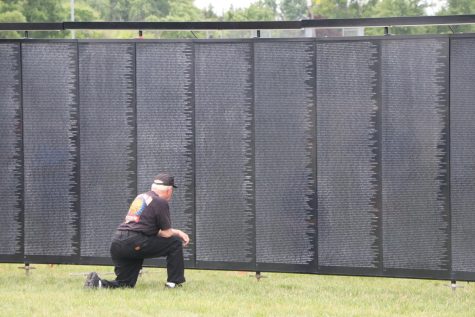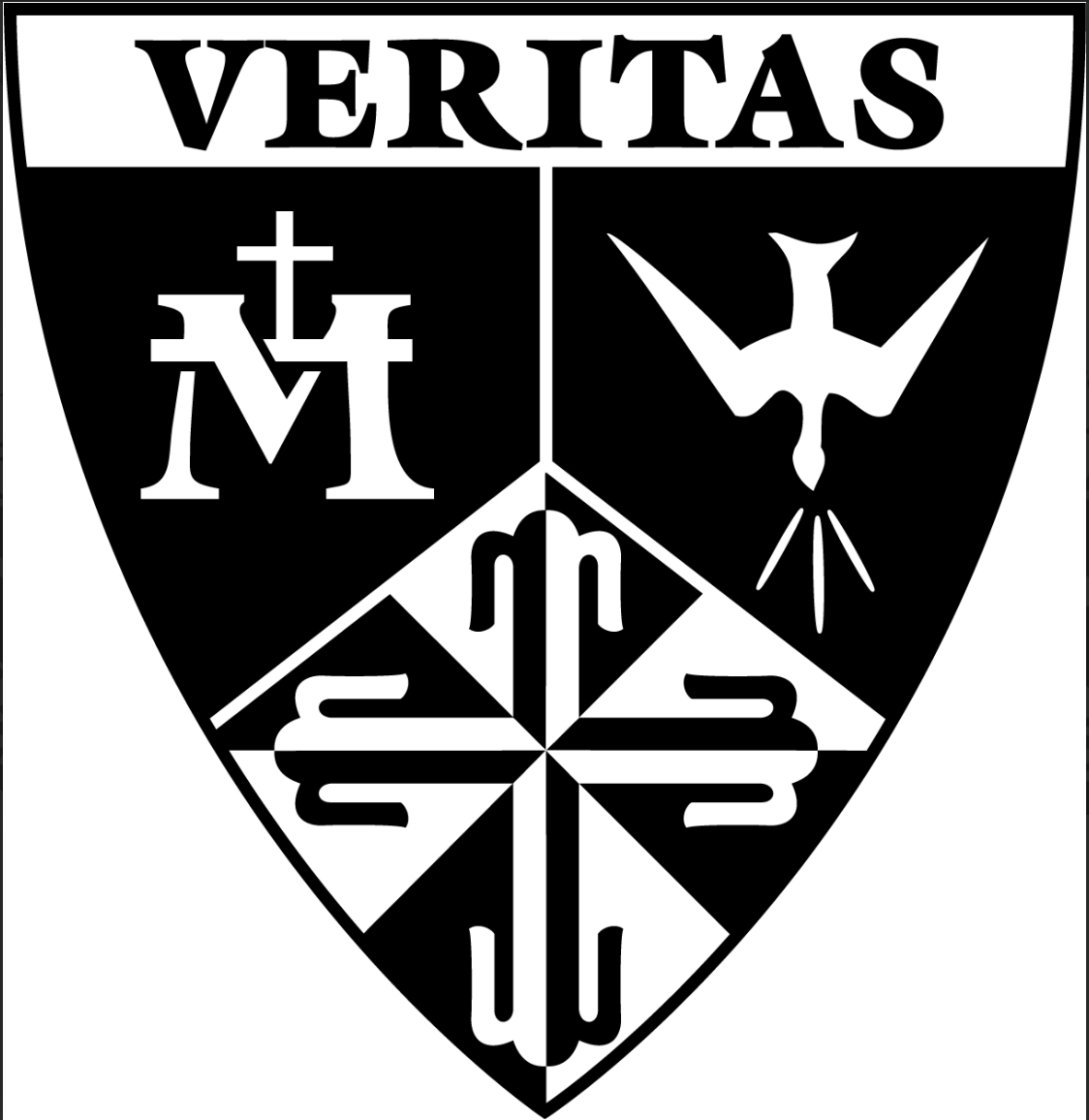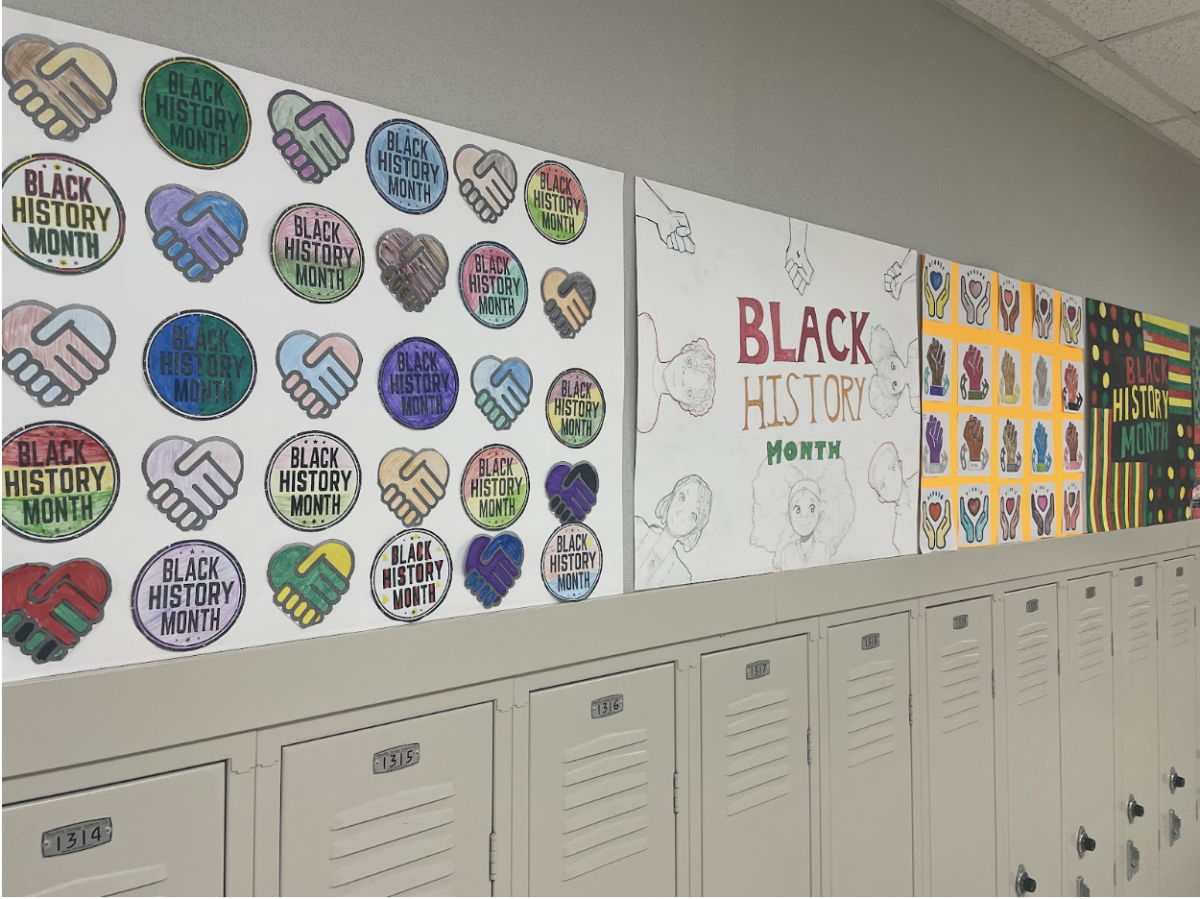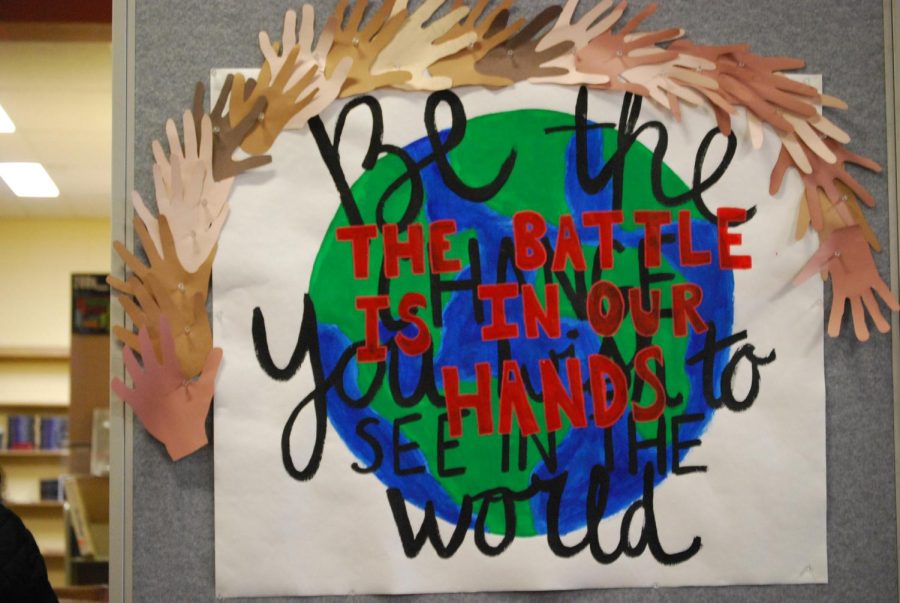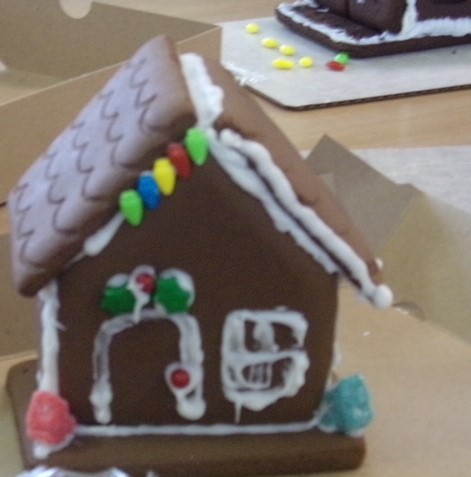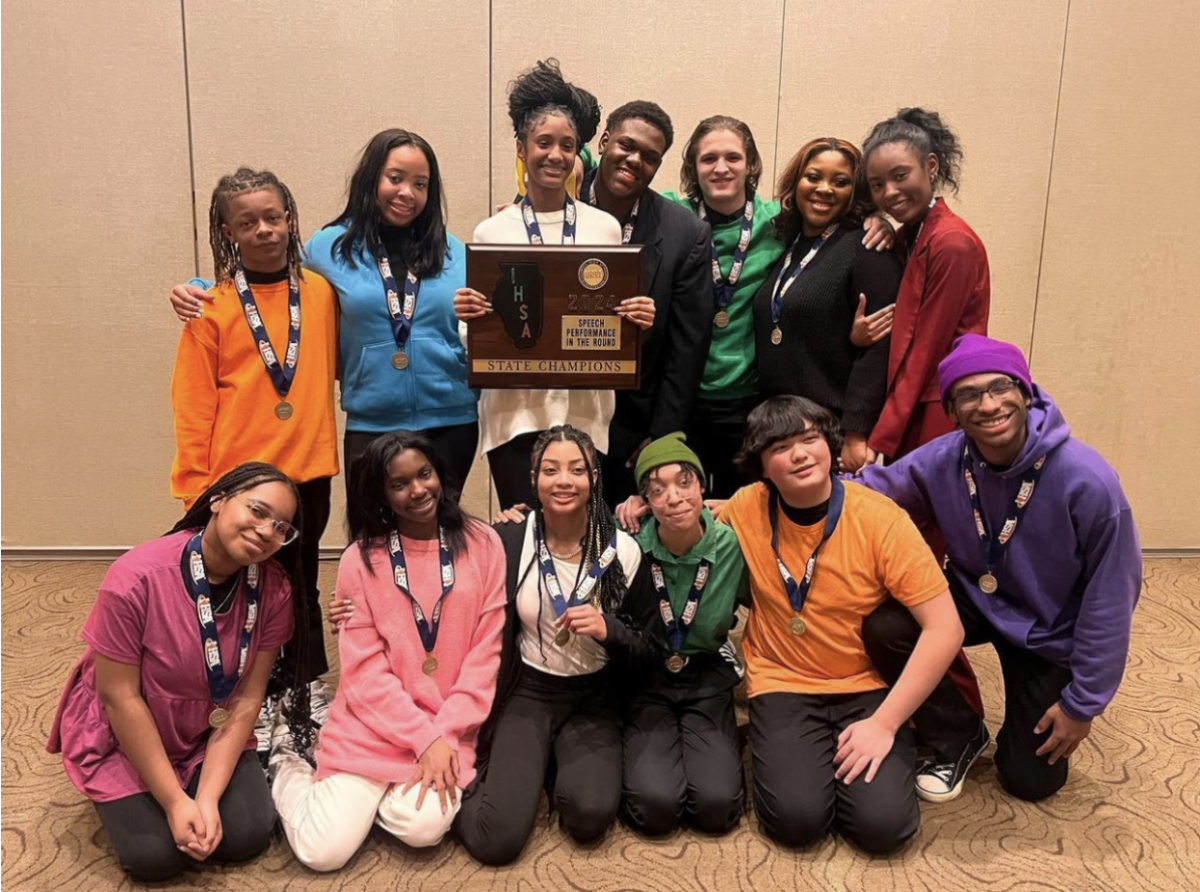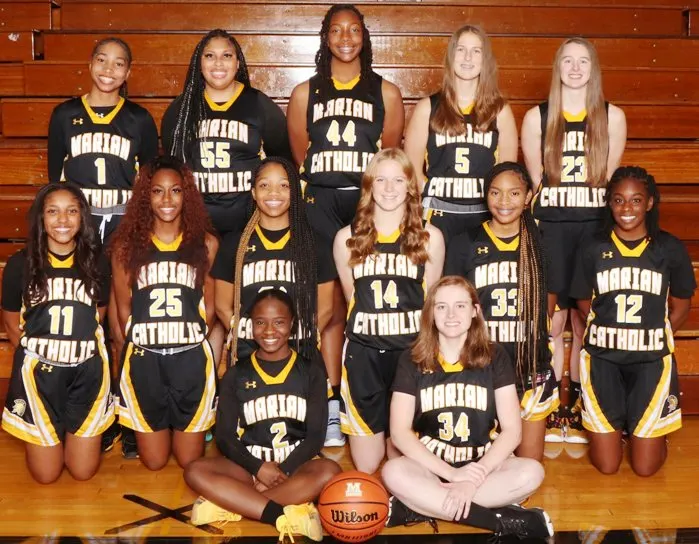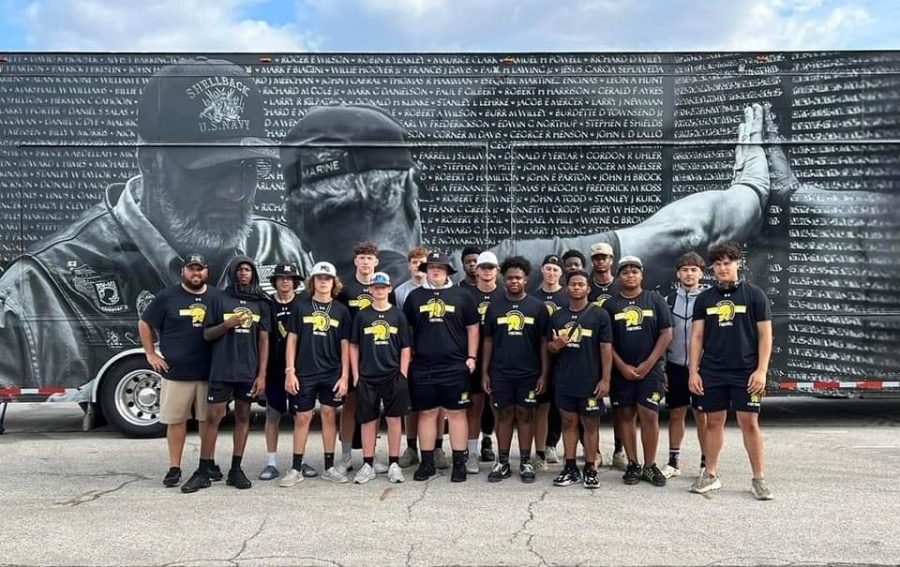Traveling Memorial Brings Fallen to Front of Mind
Marian Catholic Band Plays Music To Honor Those Who Gave All
July 22, 2022
Out of the night sky, a group of men streak towards the ground.
They have just been dropped from over 18,000 feet into the unknown territory and are equipped with a dangerous, yet simple weapon – their language.
These men are Navajo Code-Talkers who parachuted behind enemy lines to transmit crucial messages back to their command on the battlefield. Their code was never broken and the sacrifices they made resound through the decades.
Memories of their work resurfaced on the grounds of Marian Catholic this summer where The Vietnam Traveling Memorial Wall made its home. Set up with help from the Marian Catholic Spartan football team, the wall includes over 55,000 names of US military members killed or missing in action from the Vietnam War. Sponsored by the Vietnam and All Veterans of Brevard in Brevard County, Florida, the wall travels across the country and allows veterans and others who are unable to travel to see the original Memorial Wall in Washington D.C..
Throughout the week that the wall was on campus, veterans and non-veterans alike came from all across the South Suburbs to pay respect to those that lost their lives. Even Marian Catholic’s nationally-recognized band showed their support, playing a rendition of the star-spangled banner during closing ceremonies. Two of the top trumpet players in the band, Xavier Buford and Ryan McElroy, also gave a performance of “Taps,” which is traditionally played at military funerals.
A highlight of the week was when Chief Albert Wanatah came to the podium and described his time as a code-talker during the Vietnam War. Wanatah solemly spoke about how he was captured and then tortured, having both of his legs broken.
Many of the band students felt shocked at hearing this, with one saying later, “I can’t imagine living like that.”
Marian’s Band Director Mr. Bimm gave students a way to try to understand the lives some younger adults lived a couple of generations ago. Mr. Bimm asked students to memorize one name on the wall, reminding them that the person they had on their minds had a unique story. He called on the class to remember that the names represented the lives of people who had the potential to come home and raise families, yet never did.
One name among the thousands is Randall Charles Short of Ohio.
Before the traveling wall came to Marian, this was an unfamiliar name. However, like all the others on the wall, he was a person who lived and who mattered.
On May 24, 1971, he was the crew chief on a US army helicopter that would crash in a test flight in which he sustained fatal injuries. A minor tragedy for a few and a small blip on the radar for most, his death went largely unnoticed—except for those that loved him at home. Short was only 21 when he died. A potential husband, father or even grandfather was wiped from the world. Like tens of thousands of others, this shortened life is one of many stories that can be discovered—memories that visitors can bring to life depending on their motivation, interest and curiosity.
The goal of the Vietnam Traveling Memorial Wall is to keep the lives of those whose names are inscribed upon its walls alive in our memories.
More information about the memorial wall can be found at
